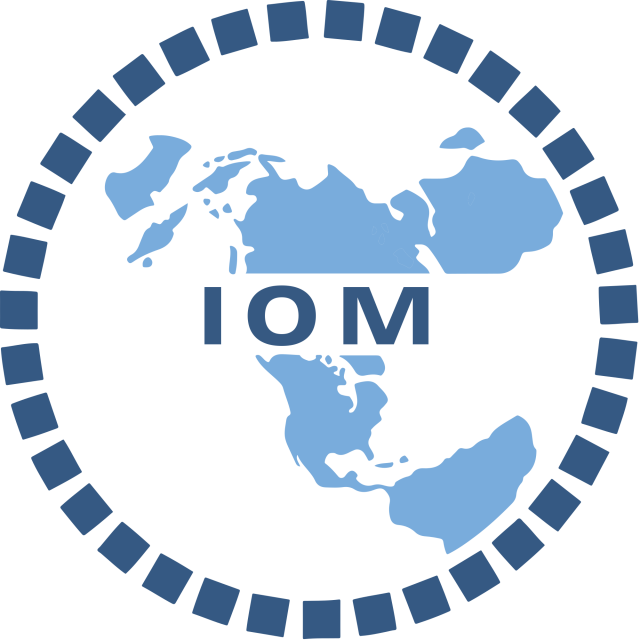Committee Overview
The International Organization for Migration (IOM) was originally founded in 1951 to address the widespread displacement of people following the devastation of World War II. During the early years of the organization, it focused primarily on how to return people to their homes, assisting with every step of the process. However, as it grew, its scope expanded to work closely with governments to develop sustainable and humane policies on migration. However, the General Assembly in 2016 issued the New York Declaration, which brought the IOM formally into the UN System and started the process of developing the Global Compact for Migration, a landmark international treaty outlining the rights and responsibilities of states and migrants.
Topic A: Integration of Migrants into the Workforce
Today, there are an estimated 169 million international migrant workers, making up just under five percent of the world’s labor force, as well as 69 percent of the world’s migrant population of those 15 and older. One of the main reasons people migrate internationally is for employment or new jobs, whether it be due to economic inequality, conflict, or social pressures. However, in addition to the search for work, these migrants are stumbling upon a new challenge: finding acceptance and integrating into a new culture and country. The International Organization for Migration (IOM) views integration as a crucial component of inclusive and cohesive societies. However, the IOM also recognizes that this is not a simple task and recommends certain actions countries can take to help migrants integrate. At the core of these guidelines is promoting understanding and support. These can range from providing direct support to migrants’ health and housing to facilitating labor market inclusion, which encourages them to seek a job that suits their abilities. Delegates should aim to create systemic structures that support international migrants and work to integrate migrants into new countries, while also honoring their original cultures, languages, and history.
Topic B: Combating Migrant Smuggling
Illegal migrant smuggling is a crime that impacts millions around the world. Migrant smuggling is defined as making a profit by assisting a person to enter or stay in a country without legal permission. Most trafficked migrants are found in the Asia and the Pacific region, with approximately 29.6 million victims. Human trafficking and smuggling not only exploit individuals but also undermine the integrity of migration systems or international frameworks. For example, rates of migrant smuggling increase in countries with high rates of political instability, ongoing civil wars, or lack of strong government institutions. Effective measures to combat these networks include strengthening international cooperation and law enforcement to dismantle trafficking rings and prosecute offenders. Migrants who have been trafficked or smuggled often face severe trauma and exploitation. Countries must establish safe channels for reporting abuses and providing shelters and rehabilitation programs. Raising awareness about the dangers of trafficking and smuggling, along with educating migrants on their rights, can also empower them to avoid dangerous situations. Delegates within the International Organization for Migration should create policies that focus on creating legal and safe pathways for migration, which can reduce the dependency on traffickers and smugglers. By prioritizing the welfare of migrants and implementing robust anti-trafficking measures, countries can significantly curb these criminal networks while fostering a safer and more humane migration process.

